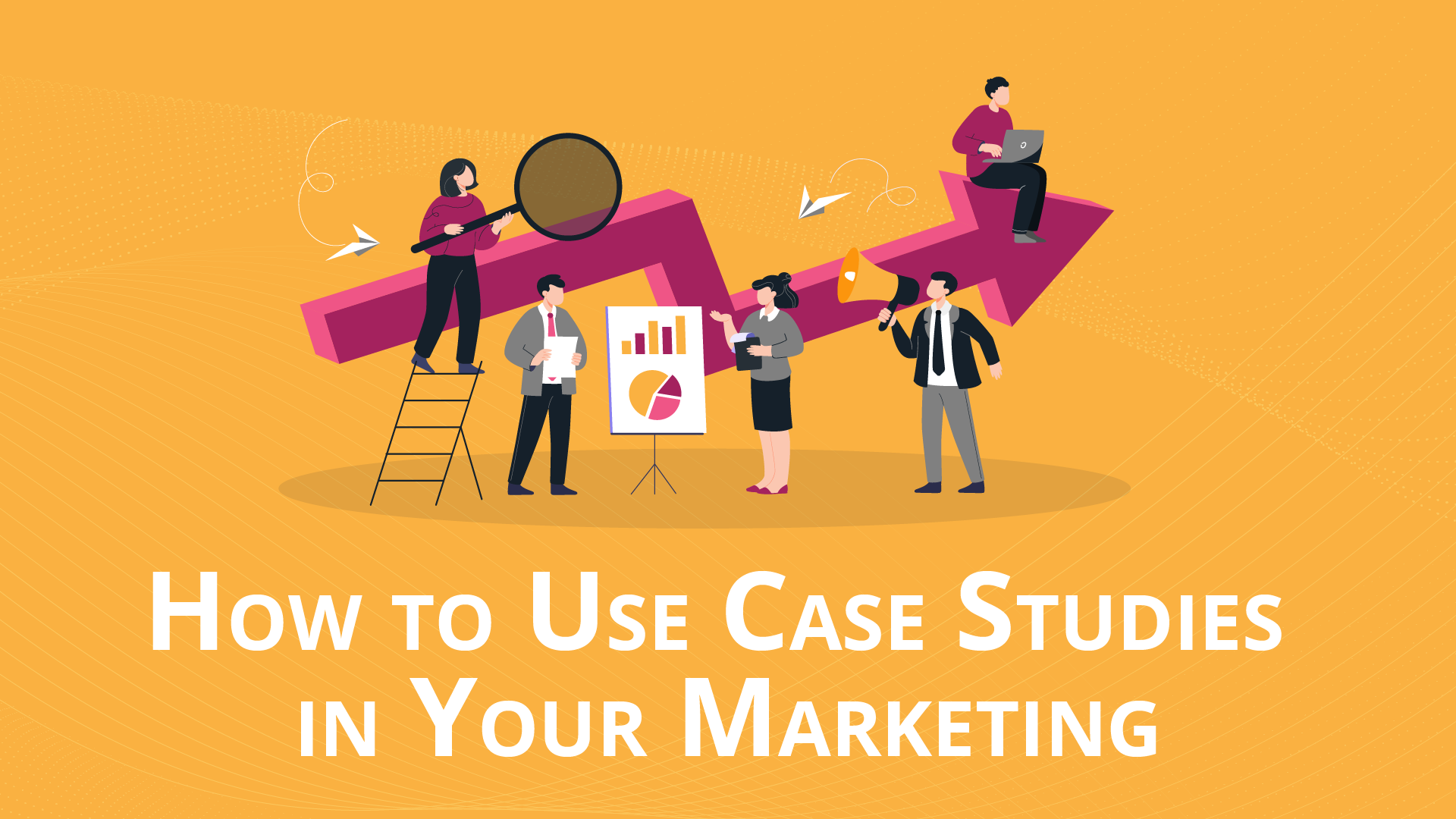
A case study is a real-world analysis of specific cases that involve organisations, people, or situations. It can be short and sweet, or long and detailed.
It also doubles as an undeniable piece of social proof. That’s why using case studies is a wonderful way for a business to market itself to potential customers.
Chances are you’re trying to document the wonderful results you’ve brought to your clients. Whether you’ve increased their paid conversions or your team has helped them with in-depth training sessions, case studies offer several benefits, including:
- Leveraging the power of storytelling to describe your clients’ challenges and how you’ve helped them solve those challenges.
- Allowing satisfied customers to endorse your business with quotes and descriptive scenarios.
- Acquiring reusable marketing materials, from website proof bars to winning testimonials.
Ideally, you should make the paragraphs in your case study as informative as possible. Depending on your potential client, they might want to know more about your business before they click “Contact Us.” So you should give them all the info they need to move forward.
Below, we’ll share all the elements that make a great case study. Of course, it can include a lot more than that – but those are the sections you won’t want to miss.
(Here’s the case study we’ve used as the blueprint, if you’d like to follow along!)
Who Are You? Who Are They?
Add a brief description of the company involved in the case study. Readers will want to know which companies you’ve already helped and how they can compare to them.
Include a brief description of your own company, as well. What do you do? What do you stand for? And how do your services benefit the business owners reading your case study?
The Challenge
Each case study begins with a challenge. Your client has a particular problem, which many of your potential clients also have.
In your kick-off call, you’ll better understand the exact problems they were struggling with before they came to you. Take note of those, as they’ll make up the opening section of your case study.
The Solution
What solution did you propose to your client? Which best practices did it entail? Which steps did you follow?
The more specific you are in this section, the better. Let them know exactly how you got your client from point A to point B.
The Results
Ideally, you should use solid data here. How much did the business grow? What can your client do now that they couldn’t do before? How has their business improved since you came along?
In this section or right below it, you can include any additional client testimonials and proof.
Where to Share Your Case Studies for Best Results?
Your Homepage
When visitors land on your homepage, they want quick answers. So, instead of including an entire case study, add a snippet while giving them the option to read the whole document;
Take a look at one of the many case studies we’ve added to our homepage:
(Source: SixFive)
Blog Posts
Running out of content ideas? Grab one of your successful case studies and transform it into a blog post! You can be as detailed as you’d like and not feel restricted to a single page. You can also intersperse them throughout the rest of your articles as inspiration points.
Videos
Some people won’t read case studies or blog posts. That’s okay. You can still cater to the people who would rather watch them. An interview-style video is a wonderful way to show your audience your customer’s point of view.
A single video can give you website content, social media content, and YouTube content.
Emails
If your email list is engaged enough and interested in the results you bring, a case study can make for a click-worthy email. You’ll be delivering valuable content to your subscriber list while establishing yourself as an expert in your industry.
A juicy subject line such as “how we increased Cool Business’s conversion rates by 363%” could lead to a video case study, a blog post you’ve written, or even a whole dedicated web page.
Speaking of which…
A Dedicated Web Page
If your case studies span over many years, create a section of your website solely dedicated to case studies. It’s the perfect way to show your audience that you have a long history of success.
Plus, it helps potential customers gather enough proof of your expertise before getting in touch with you. As a result, you won’t have to do nearly enough convincing to get the “yes,” as your case studies have done most of the work for you.
Case Studies Go Beyond Mere Reports
The best thing about case studies is: they can be reused all across your funnel.
As you’ve seen, you can pull snippets from them and transform them into a big ol’ testimonial. You can grab that same testimonial, put it into an image, and you’ll have a social media post – which you can then repurpose into different formats.
Reuse them, but don’t overuse them. The more case studies you collect, the more reliable third-party proof you’ll have for your business.
If you would like some help with your website, and organising your content in a way that can present more opportunity and leads – please reach out.

